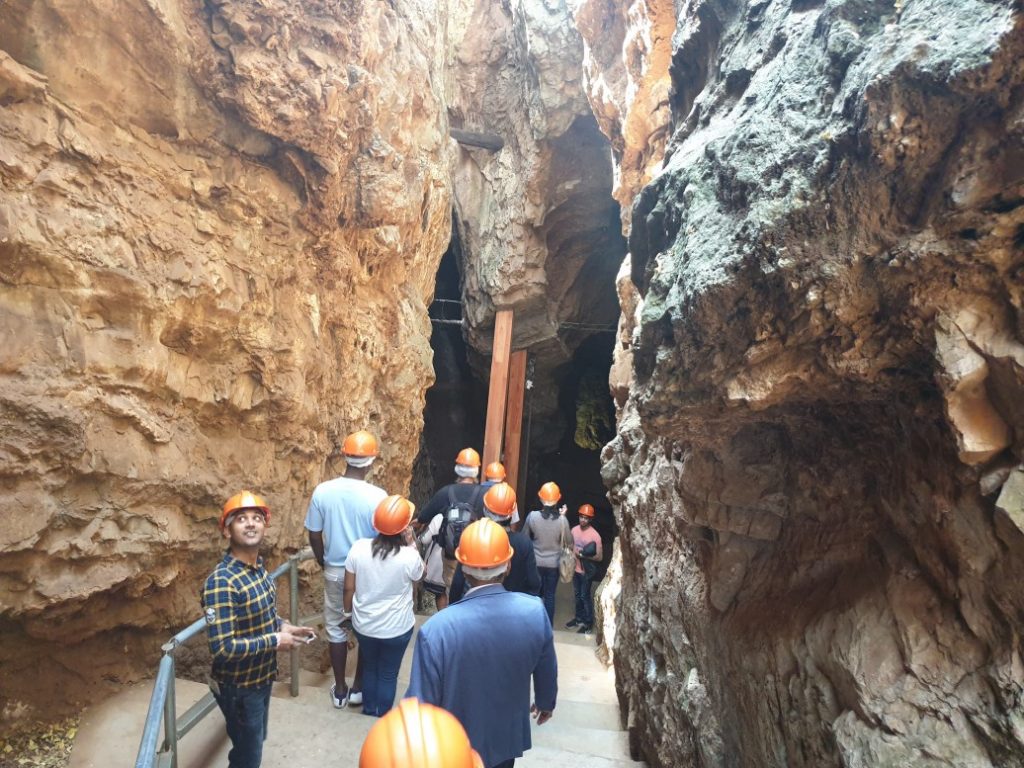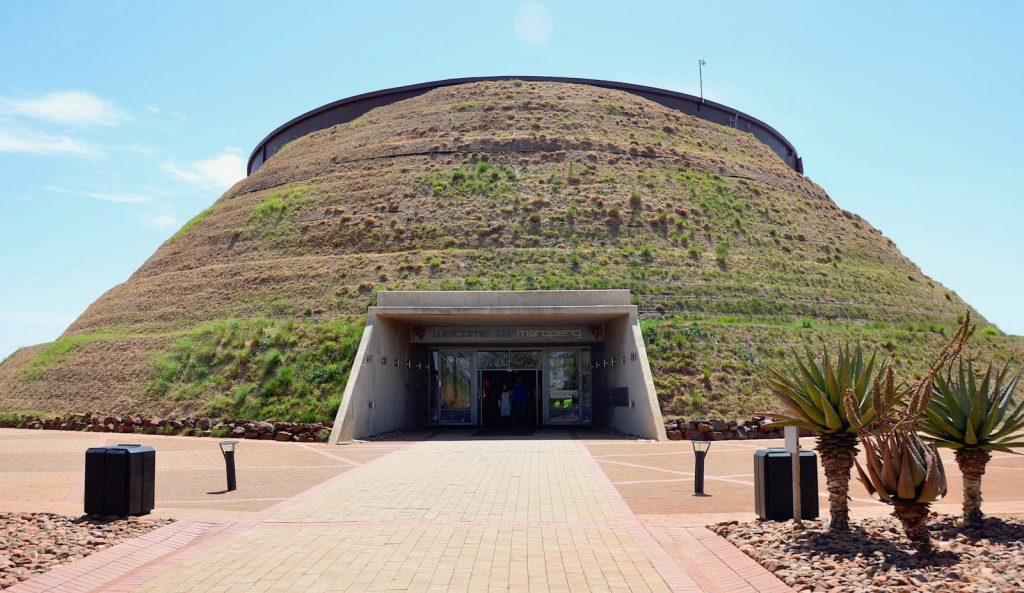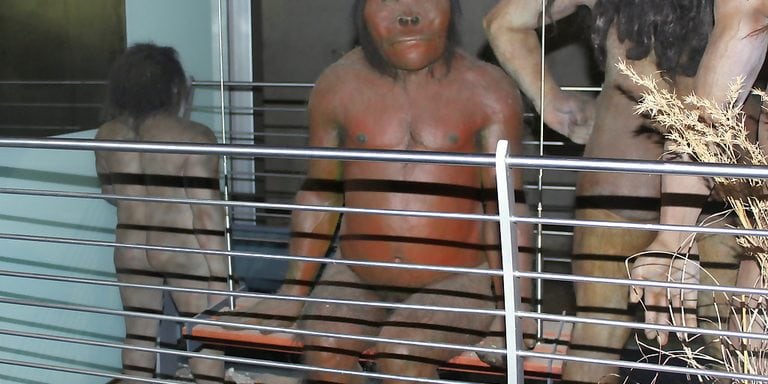The History of The Cradle of Human Kind
Delve into the captivating history of the Cradle of Humankind, an extraordinary fossil site nestled in the heart of Johannesburg, South Africa. This renowned destination offers a fascinating glimpse into the origin of humanity, boasting a labyrinth of limestone caves and a treasure trove of hominid fossils.
Resembling an enigmatic barrow, the Cradle of Humankind beckons explorers to uncover the hidden secrets of human ancestry buried approximately 60 meters beneath the surface. Recognized as a UNESCO World Heritage Site, this awe-inspiring location owes its prestigious status to the remarkable wealth of fossils found within its boundaries, particularly ancient human remains.

Embarking on a journey through the Cradle of Humankind is akin to embarking on an adventure of discovery, bridging the gap between the ancient and the present. Traverse its sprawling 53,000-hectare expanse, which encompasses 200 unexplored caves and reveals 14 significant fossil sites, including Sterkfontein, Swartkrans, and Kromdraai.
At Sterkfontein Caves, named for its robust underground springs, humanity’s ancestral story comes alive. This hallowed ground witnessed the unearthing of the Australopithecus africanus fossil, affectionately known as Mrs. Ples. The discovery of this juvenile skull, later identified as the Taung Child, solidified the scientific understanding of our ancient origins. Sterkfontein Caves have yielded an abundance of hominid fossils, making it an essential stop on your Cradle of Humankind tour. While the caves have some restrictions for those with lung or back issues, they continue to captivate visitors in myriad ways.

After a mesmerizing exploration of the caves, the journey through the Cradle of Humankind continues to the Maropeng Museum, a captivating visitor center where the preserved fossils find their rightful place. Immerse yourself in this extraordinary museum, choosing between a guided tour or a self-guided adventure, based on your desire to delve deeper into the origins of humankind.
As you delve into the story of our collective heritage, don’t miss the opportunity to embark on additional remarkable experiences that South Africa has to offer. Join us for thrilling Kruger National Park safaris, where you’ll witness majestic wildlife in their natural habitat. Immerse yourself in the beauty of the Pilanesberg Safari, explore the vibrant Soweto Township on an enriching Johannesburg Soweto tour, or combine the allure of cosmopolitan Cape Town with a captivating Cape Town Safari. Africa Moja Tours is here to curate unforgettable adventures, ensuring your journey through South Africa is nothing short of extraordinary.
Are you spending some more time in Africa and looking for things to do? Africa Moja Tours offers a world of adventure with the following exciting tours: Kruger Safari Tours, Safari Cape Town, Overland Tours, Kruger National Park Packages, Overland Trips, Kruger Safaris, Soweto Tour and Kruger Park Safaris.




